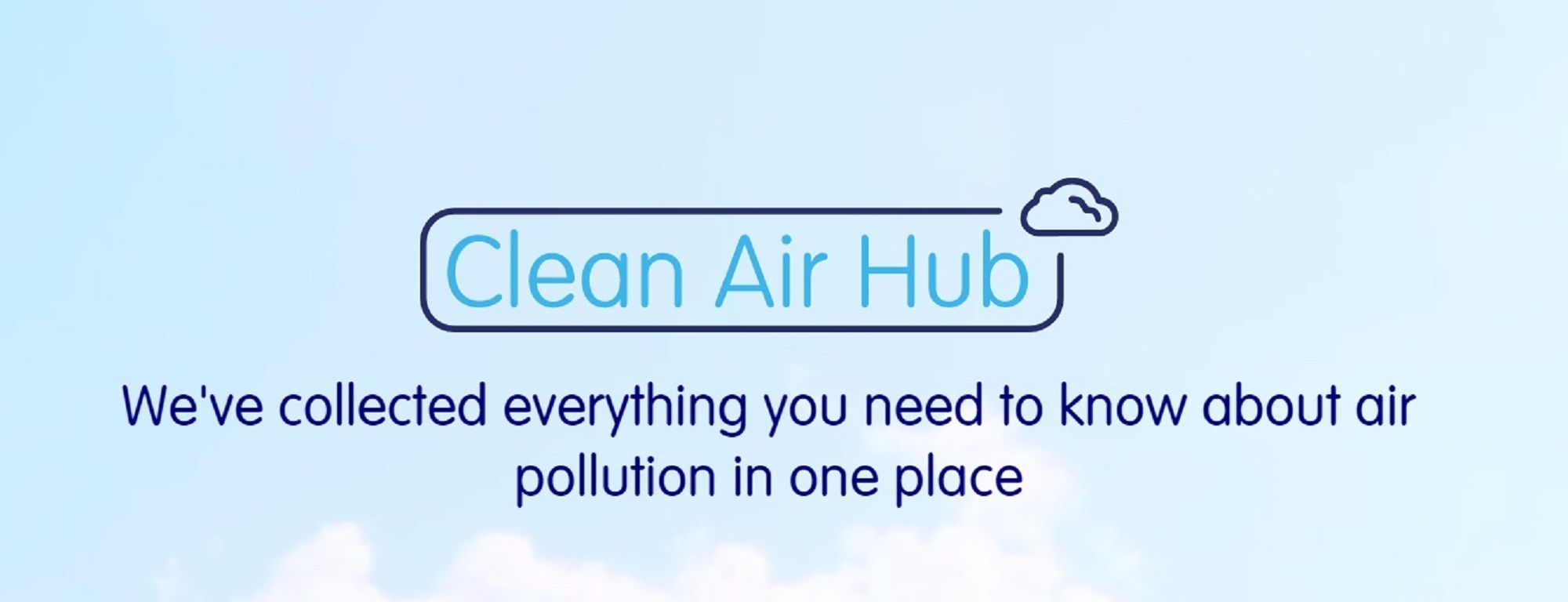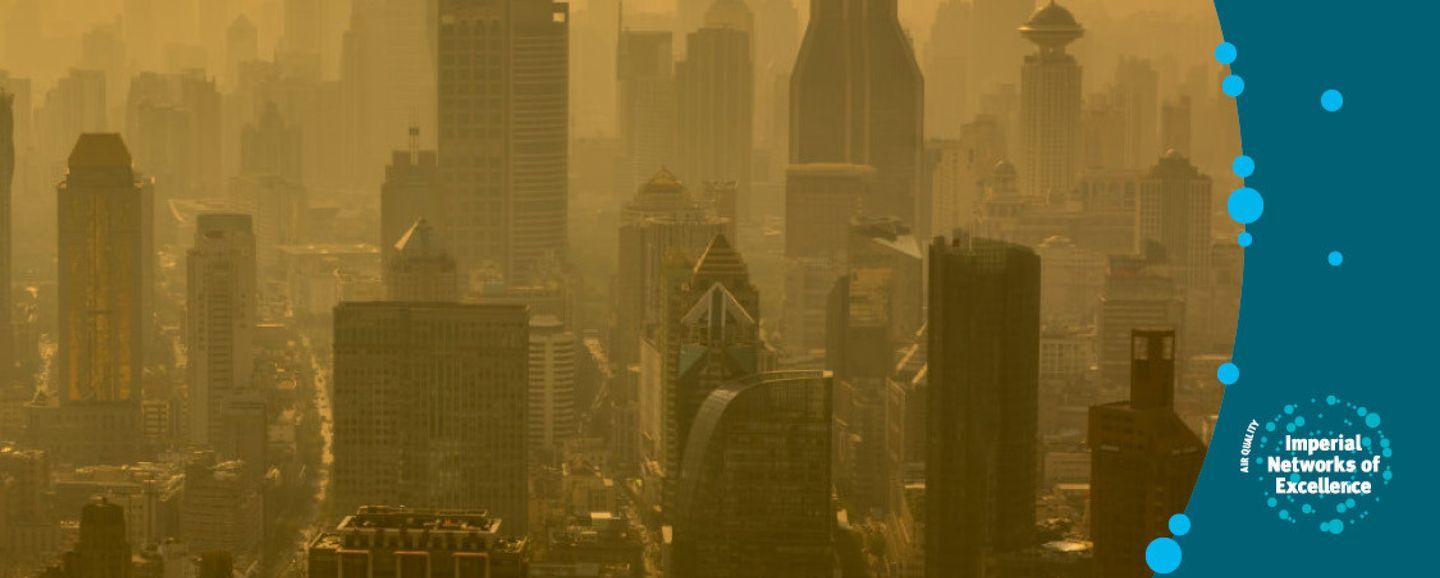
Plastic is an integral material in society today, but it's degradation and abrasion into micro-and potentially nanosized particles and fibres, known as micro- and nanoplastics, throughout its life cycle present a global environmental issue. Recently, the contamination of the food we eat and the air we breathe by microplastics has prompted concerns for public health due to our inevitable exposure, the consequences of which are unknown.
Our team's interdisciplinary research addresses these important knowledge gaps across human exposure to accumulation to toxicology. Focusing on inhalation, our current work includes quantifying airborne microplastics in health-relevant size fractions; developing techniques for the detection of microplastics in complex environmental and biological matrices; and assessing the toxicity of microplastics using in vitro models of the human airway.
Research
The Microplastics research team aims to provide a holistic understanding of the risks that microplastics present to human health. With focus on the air, this is oriented around three key elements: external exposure, internal exposure, and toxicity.
Our research on external exposure involves the characterisation and quantification of airborne microplastics in different environments, including health-relevant size fractions. For this we have focused on incorporating automation in microplastic sample analysis, using Raman imaging and chemometrics. We are also developing complimentary mass spectrometry-based methods for the detection of microplastics and their associated chemicals in complex environmental and biological matrices. More broadly, we are exploring the sources, transport, and fate of airborne microplastics in the UK.
This is complimented by work on internal exposure and, specifically, the occurrence of microplastics in the human lung and gastrointestinal tract. In parallel, we are addressing microplastic toxicology using in vitro models of the human airway and immune cells. Focusing on environmentally representative microplastic particles, we are interested in understanding the potential hazards, the physicochemical properties which influence this and whether these are unique to plastic.
Education
- ‘Sources of Pollution’ and ‘Toxicology’ lectures and workshops on the i-STEMM module ‘Environmental Pollution and Health:
Evidence-Based Solutions’ - MPH and GMPH Summer Project supervision
- MSc Health Data Analytics project supervision
Projects
- NIHR Global Health Research Centre on NCDs and Environmental Change
- WELLHome - West London Health Home and Environment study
- Medical Research Council (MRC) – National Assets: UK Microplastics Material Repository
- Microplastic exposure and human health
- Understanding UK airborne microplastic pollution: sources, pathways, and fate
- Respiratory health assessment of sorters of plastics in material recycling facilities
Team Members
Stephanie Wright
/prod01/channel_3/media/migration/faculty-of-medicine/stephanie-wright_1627049140265_x4.jpg)
Stephanie Wright
Lecturer in Environmental Toxicoloy
Eric Auyang
/prod01/channel_3/media/migration/faculty-of-medicine/eric-auyang_1643816841570_x4.jpg)
Eric Auyang
Research Postgraduate
Henry Blake

Henry Blake
Research Postgraduate
Yukari Ishikawa
/prod01/channel_3/media/migration/faculty-of-medicine/yukari-ishikawa_1643837172951_x4.jpg)
Yukari Ishikawa
Research Associate
Social media
Keep up to date by following us on our social channels
Twitter: ERGImperial | YouTube: Environmental Research Group


